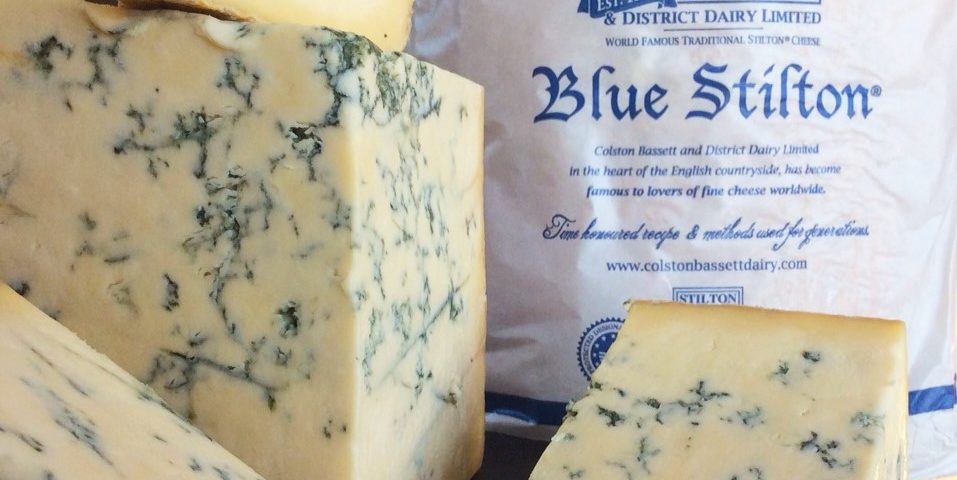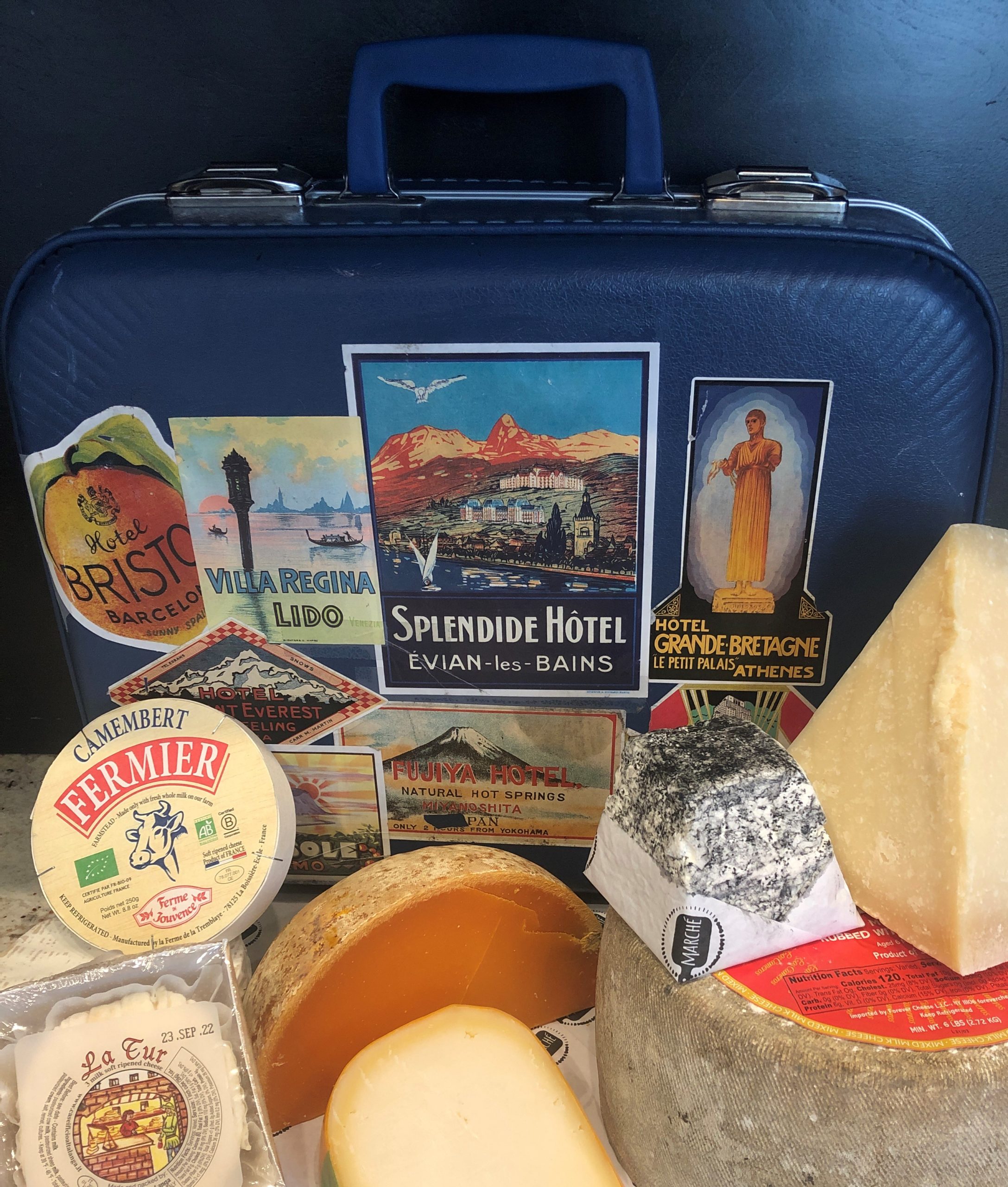
Traveling with Cheese
May 3, 2023
A Cheese Monger Abroad: Tasting Notes from New Zealand
May 4, 2023by Katie Glaudell
Every year in December, I love asking people about the holiday traditions they enjoy with their family. The American Melting Pot never disappoints with the variety of answers–for example, my dad’s family makes baked mac ‘n cheese, Swedish meatballs, and Norwegian flaming gløgg on Christmas Eve, while my mom’s Italian American family eats homemade ravioli and braciole.
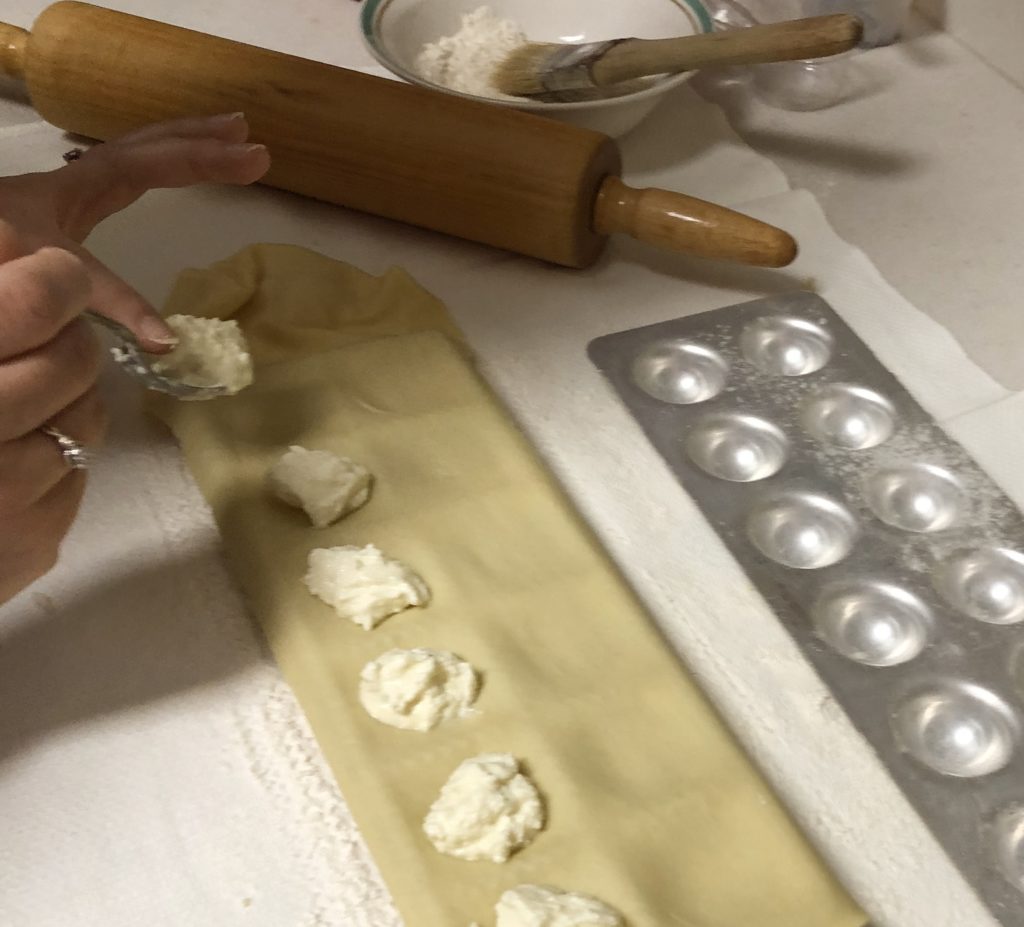
Season of Cheesin’
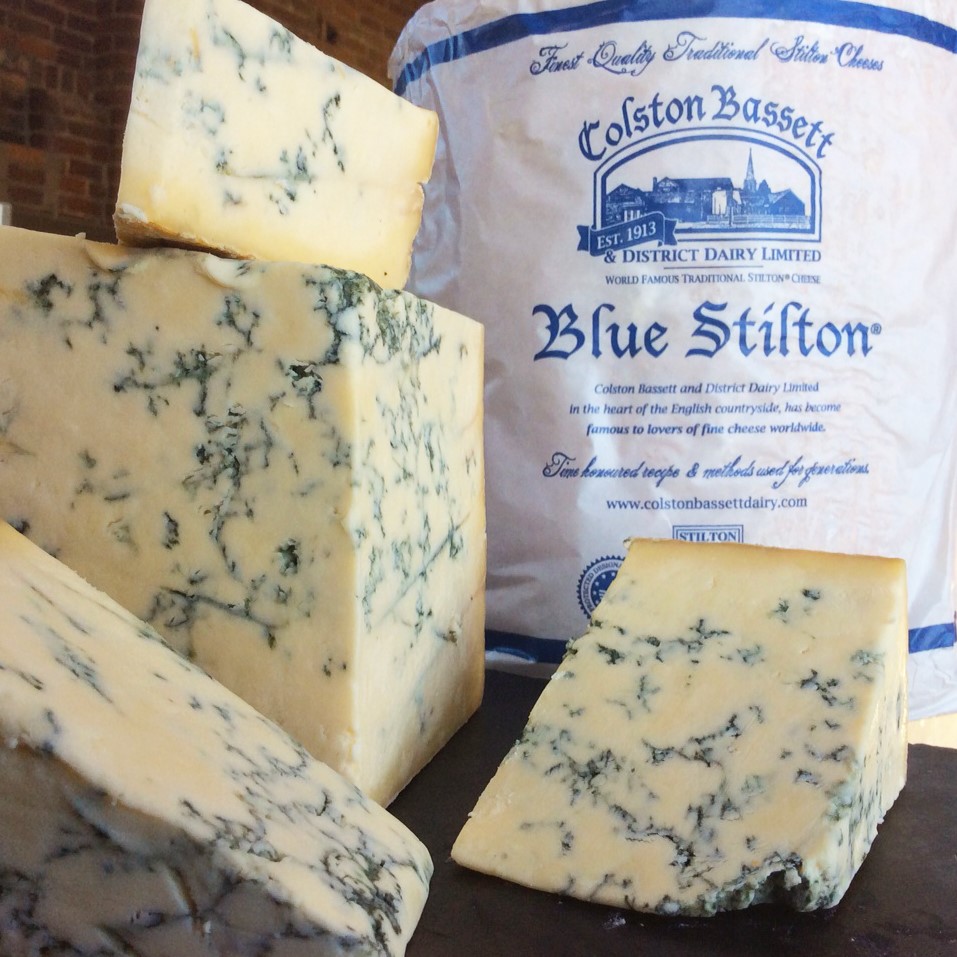
It’s no surprise that cheese is often part of holiday rituals, but where do these traditions come from? Some are linked to the cheesemaking process and the seasonal cycles of the animals that make the milk. Stilton, for example, is an English staple at Christmas. The blue classic is traditionally made between April and June when the calving season produces excess milk for cheesemaking. After aging for 6-8 months, Stilton is on the shelves just in time for Christmas! Entire wheels may be gifted to loved ones, and enjoyed at dessert with port wine and fruit.
The spruce bark-wrapped Vacherin Mont d’Or from Switzerland (called Vacherin du Haut Doubs when made in France) is made in the fall and winter, when the cows’ diet consists mostly of dry hay. Compared to a fresh grazing diet, this milk yields a richer flavor in the soft custardy cheese, which is only available starting in September, usually sold out by March. You might see this coveted delight at a Swiss or French Christmas stuffed with garlic cloves, splashed with white wine, and baked in the oven. Mon dieu.
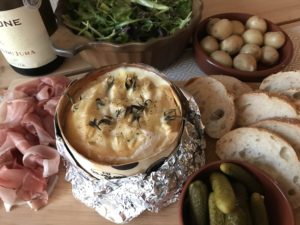
If you can’t find Vacherin Mont d’Or in the States, Rush Creek Reserve from Wisconsin is another spruce-wrapped delicacy made with the same seasonal practices. Cows switch to dry hay in the fall, yielding a fattier cheese, and limited production is available for purchase between November and December.
In France, extra-aged Comté de Noël is a real holiday splurge on a cheeseboard. Typically Comté is aged between 4 months and 2 years, with a semi-firm texture and sweet buttery and root vegetable notes. After aging for 3 years or more, it is ready to become a Comté de Noël: more aromatic, varying in flavor from French onion soup to caramel, and providing that tyrosine crystal crunch that sends signals to the pleasure centers in your brain.
Storied Traditions
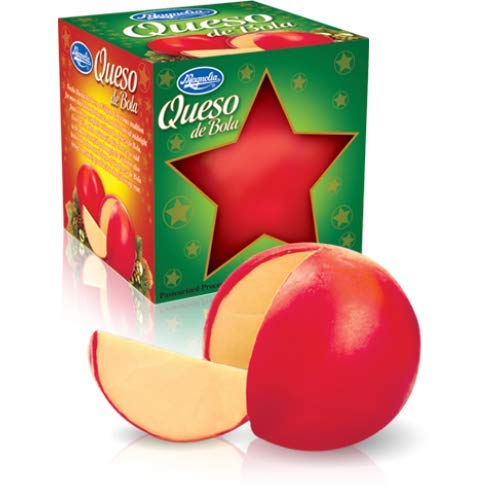
Many cultural dishes made during holidays have even deeper roots than seasonal cheesemaking practices. In the Philippines, the red wax-covered Dutch Edam, aka queso de bola, is served with ham and bread at the Christmas Eve midnight meal. Red is considered a color of good luck, and the rounded shape of the wheel a symbol of money and prosperity. But how did Dutch Edam find its way into Christmas in the Philippines? From the 1500s to the 1800s, Spain and the Netherlands were maritime rivals, often competing for control of the Philippines. Dutch sailors secretly traded goods with the Filipino people, and Edam, a long-lasting and portable navy staple, was a popular item exchanged. While the Dutch were eventually driven out of the Philippines, they left the tradition of Christmas Edam behind.
But Christmas isn’t the only cheesy holiday in December. Along with fried doughnuts and latkes, Hanukkah also incorporates dairy dishes that honor the story of Judith: to save her town from invaders, Judith ingratiates herself with the enemy general and feeds him salty cheese pancakes. The more thirsty he becomes from the cakes, the more wine he consumes, until he passes out drunk. Judith cuts the sleeping general’s head off and the leaderless army turns tail, so Judith saves her people by way of cheese! Noodle kugel, cheesecake, and rugelach are some of the dairy-filled dishes you might see at Hanukkah, and before potatoes came to Europe, medieval latkes were made with cheese for Hanukkah and throughout the year.
There are also Christmas traditions surrounding cured Jamón in Spain. Usually featured on a charcuterie board with classics like manchego, chorizo, and morcilla blood sausage, whole 15-pound legs of Jamón are even given as gifts. One theory about this practice traces back to pagans sacrificing wild boar in the hopes of a prosperous New Year, and in old Christian tradition, pork was eaten at this time to prove one had converted from Judaism to the new religion.
photo: kugel recipe, photo credit Parker Feierbach
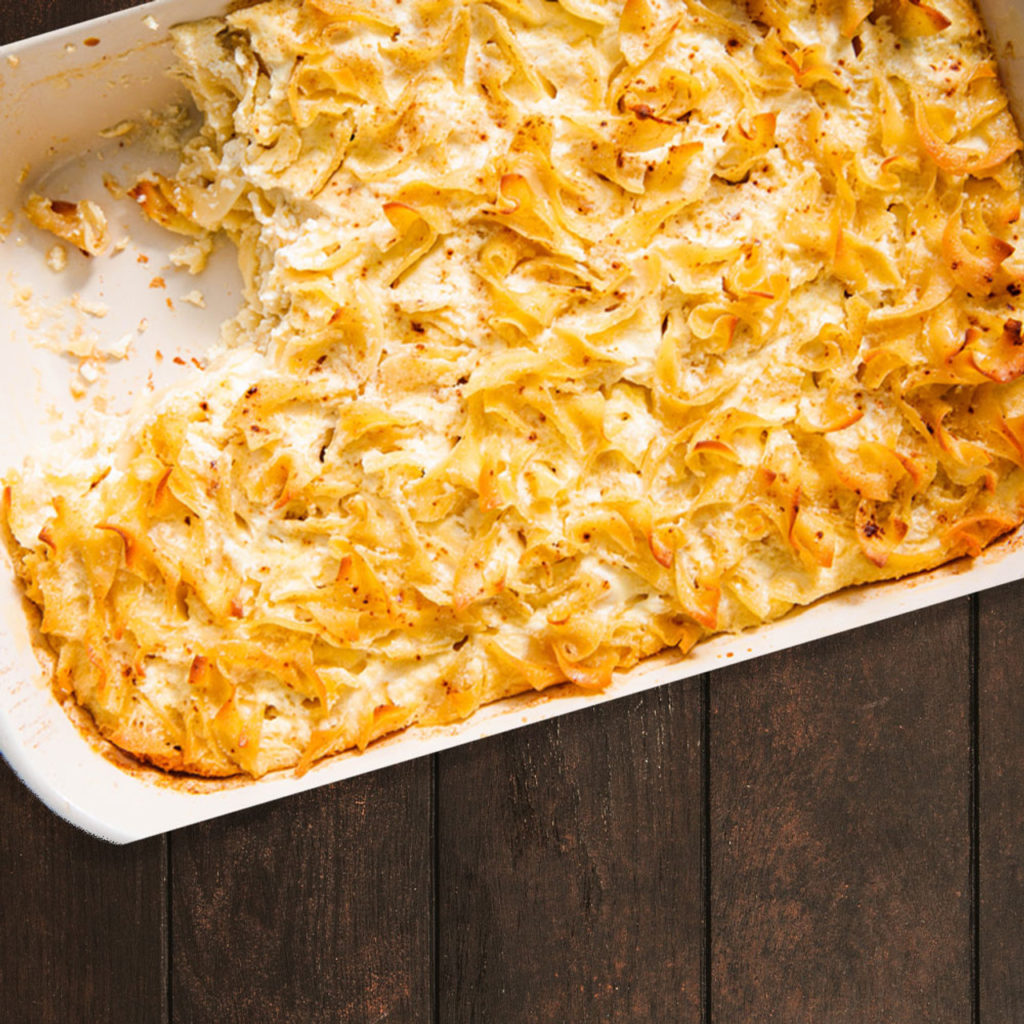
Happy Holidays and Here’s to a New Year!

These are just a few of the cool stories behind holiday foods–if you’re not sure the reasons behind your family rituals, ask your relatives, or do some online sleuthing to find out. It’s a lot of fun and some of the answers may surprise you! No matter what your traditions are, we hope that you have a wonderful cheese-filled December and a great start to 2023. Cheers and Happy Holidays from Marché!
P.S. We’d love to know on Instagram or Facebook how you and your family enjoy cheese, charcuterie, and wine this time of year–be sure to tag us!
Photo: my annual Glaudell Christmas gløgg lighting.

